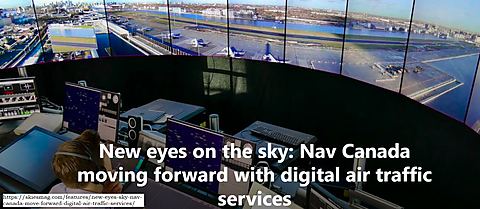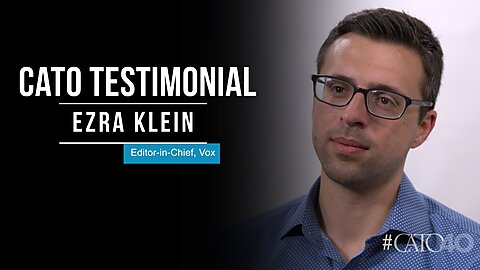
America’s air traffic control (ATC) needs restructuring. ATC has become a high-tech business, but we run our system as an old-fashioned bureaucracy inside of the Federal Aviation Administration (FAA). The system is antiquated, mismanaged, and is headed for a crisis as aviation demands continue to rise.
The solution is privatization, which President Trump supported during his first term. In 2017, a bill modeled on Canada’s privatized ATC system passed the House Transportation Committee but then stalled. At the time, Trump said our ATC system was “stuck, painfully, in the past … ancient, broken, antiquated.” He was right, and now he has another chance to fix it.
The CEO of JetBlue said the other day, “I wish the [next] administration would focus on air traffic control … I would love to see more hiring. I would love to see better technology,” which she noted would reduce flight delays. A news report last week said that “dangerously low staffing in the towers and decaying equipment” is a bipartisan concern on Capitol Hill.
A recent GAO report found that dozens of the FAA’s ATC systems are outdated. Aviation expert Bob Poole is urging an overhaul, noting, “Countless studies have shown that other countries’ ATC systems are better-managed, better-funded, and better-supplied with advanced technology.”
A great example is Canada. Our northern neighbor privatized its ATC in 1996 as a self-funded nonprofit corporation called Nav Canada. ATC funding was changed from a ticket tax to direct charges on system users. Nav Canada charges for terminal services, flying through Canadian airspace, and oceanic services.
This structure removes ATC from politicized government budgets and paves the way for ongoing efficiency improvements and innovation, which are the keys to shorter flight times, fewer delays, greater safety, and lower aviation fuel costs.
The privatized Canadian system has won numerous international awards and is a leader in many technologies. Canada and Europe are ahead of us, for example, on remote or digital towers, which surround runways with cameras and sensors to feed large video screens in control buildings.
Nav Canada recently published an overview of its 1996 reforms, which have lessons for US reforms:
NAV CANADA is one of the safest air navigation service providers (ANSPs) in the world—a record that can be attributed to the company’s focus on safety excellence since it was privatized in 1996.
… Canada’s air navigation infrastructure needed to be modernized to better meet customer needs and ensure safe skies, but governmental processes were inherently subject to budgetary and bureaucratic constraints.
… [The government decided that ATC] was a commercial service that should be operated and guided by commercial, not government, principles.
… Since its founding, NAV CANADA has operated with a mission to meet customer needs while maintaining the highest standards of safety. As a private, not-for-profit entity, the company recovers the costs of providing services through customer fees, ensuring that service charges reflect current and future financial needs without exceeding them.
Since NAV CANADA’s inception, one of the company’s key objectives has been to develop and adopt technology that enhances safety and efficiency, while remaining focused on responding to the evolving landscape of the aviation industry. A cornerstone of this effort has been the development of automated systems, particularly in air traffic management.
… The dedication of NAV CANADA’s workforce is a key factor in the company’s global reputation for safety and operational excellence. As a result of the transition from a government-run service to a private entity, employees embraced a customer-focused approach to service delivery and a commercial approach to cost management. Their adaptability and commitment to integrating advanced technologies have positioned NAV CANADA as an industry leader in air navigation services.
Other countries do many things better than we do, often in more market-oriented ways. There is an ATC reform model in the country next door that has proved itself over nearly three decades in a vast country with a harsh environment.
If Trump and his partners Elon Musk and Vivek Ramaswamy want a great target for DOGE reforms, they should tackle America’s antiquated ATC system. They should dust off the privatization plan from 2017 and move the reforms through Congress in 2025.
More on air traffic control reform from Cato here and here, from Bob Poole here, and from Marc Scribner here.



